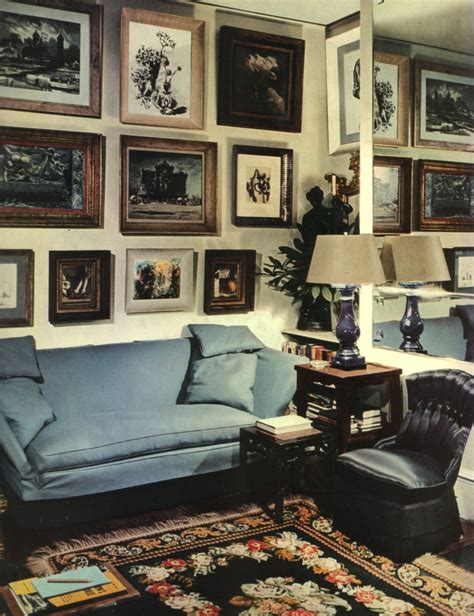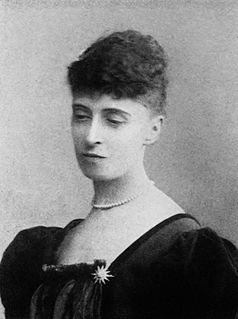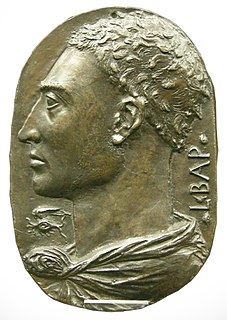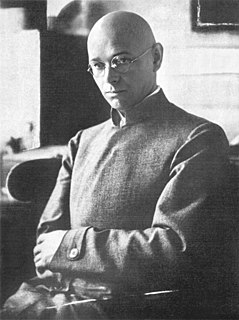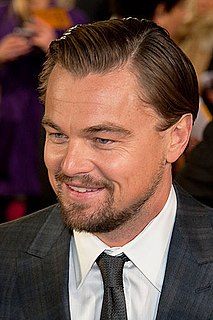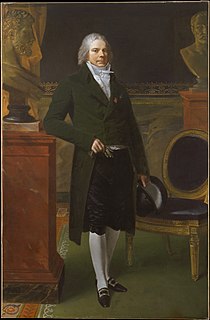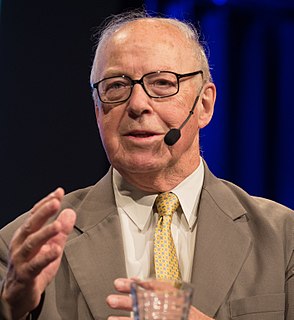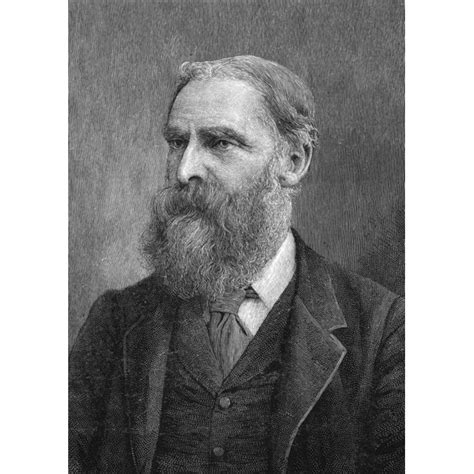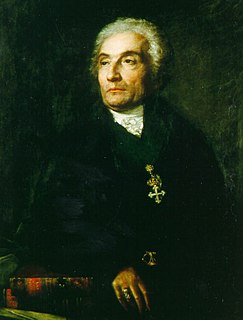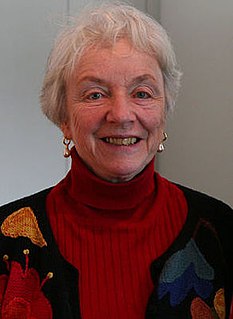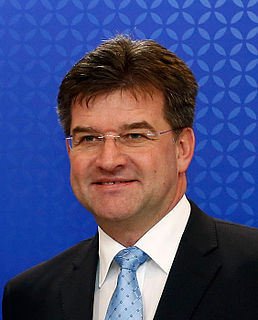A Quote by William Tapley Bennett Jr.
Hue does not refer to how light, dark, or intense, but only what kind of color: what hue. It takes all three aspects to make a color, therefore 'red' is not a color, but only one aspect, the hue, of some partially defined color.
Related Quotes
Red has been praised for its nobility of the color of life. But the true color of life is not red. Red is the color of violence, or of life broken open, edited, and published. Or if red is indeed the color of life, it is so only on condition that it is not seen. Once fully visible, red is the color of life violated, and in the act of betrayal and of waste.
Color is a major element in scale. A small room can have a larger look by the use of closely related values, hues, and intensity. A large room can be made to look smaller by marked contrasts of color and value, hue, and intensity. Value is one of the most important elements. Whether light or dark, little value contrast makes for unity, and sharper contrast makes for stronger punctuation.
For many years, I have been moved by the blue at the far edge of what can be seen, that color of horizons, of remote mountain ranges, of anything far away. The color of that distance is the color of an emotion, the color of solitude and of desire, the color of there seen from here, the color of where you are not. And the color of where you can never go.
The difficulty with color is to go beyond the fact that it's color ? to have it be not just a colorful picture but really be a picture about something. It's difficult. So often color gets caught up in color, and it becomes merly decorative. Some photographers use it brilliantly to make visual statements combining color and content; otherwise it is empty.
Three years after my first trip to Haiti, I realized there was another emotional note that had to be reckoned with: the intense, vibrant color of these worlds. Searing light and intense color seemed somehow embedded in the cultures that I had begun working in, so utterly different from the gray-brown reticence of my New England background. Since then, I have worked predominantly in color.
I once heard a woman who had lost her dog say that she felt as though a color were suddenly missing from her world: the dog had introduced to her field of vision some previously unavailable hue and without a dog, that color was gone. That seemed to capture the experience of loving a dog with eminent simplicity. I'd amend it only slightly and say that if we are open to what they have to give, dogs can introduce us to several colors with names like wildness, nurturance, trust and joy.

